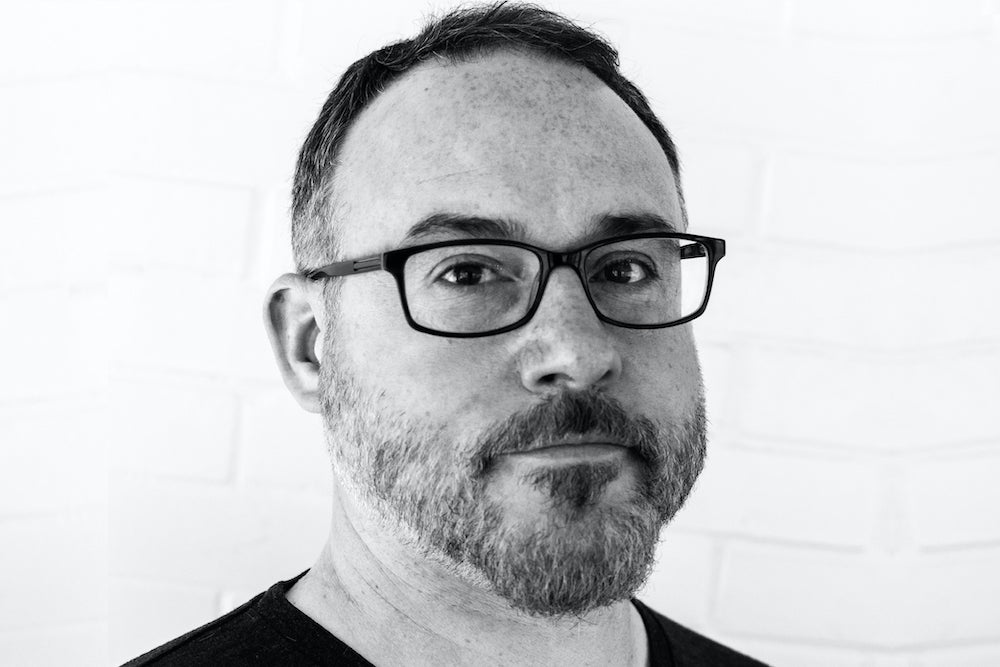Wilson, NC
SCULPTURE
“If you fail to plan, you are planning to fail.” To that much-quoted Benjamin Franklin aphorism, artist Jeff Bell might add: Yes, but at least you won’t be bored. In his early work as a sculptor, Bell was very much a planner, until he realized all that prep work left him feeling flat and removed from the creative process, as if he were merely manufacturing something. “So, I decided to stop pre planning my work,” he explains. “I just start making objects, realizing that I will make mistakes and have to rework things, but it keeps me engaged and thinking throughout the build. I enjoy the surprises that happen and the unexpected directions that the process can take.”
Leaving himself open — as he deconstructs existing objects and uses their components to create new sculptures — is a way of listening to the materials to find out what else they could be. It’s about trusting his gut and his own ability to be inventive and make quick decisions as he goes. Seven years ago, while dismantling an old piano, the North Carolina sculptor noticed a portion of a large metal plate that reminded him of the arched back rib of the Nautilus, a fictional submarine he’d seen in a movie based on Jules Verne’s novel 20,000 Leagues Under the Sea. As Bell’s hands began constructing his version of the underwater ship, his mind was connecting dots and sorting through the layers of memory, history and popular culture that were being built into the structure: It was 2014 and he was cutting up a piano built in 1911 to re-create an underwater seacraft depicted in a 1954 film based on an 1870 novel that had also inspired a popular attraction at Disney World with a submarine that he himself had ridden in the 1990s.

ARTIST'S NOTE
“I think art can help us clarify ideas about our world but do it in a different language. It can also point out perspectives that we’ve never considered or reframe ideas we’ve always had.”
Through his reimagining, reattaching and rearranging of physical objects, Bell brings to the surface connections between nostalgia and coming of age, personal memories and pop culture. Getting his hands on a variety of materials – a sewing table, a dry cleaner press, playground apparatus, a desk — has helped him assemble vehicles to excavate memories and meaning from his past.
From presenting an exhibition with works that combine his childhood obsessions with MGB cars and the Space Shuttle to designing a fantastical landscape as an homage to his teenage years, heavy on the heavy metal music references — somewhere among the unexpected combinations and shifts in perspective, there’s always something familiar. “Ultimately, I try to get at something new,” says Bell. “But also something that reflects its previous language: a sculpture that at first glance reaffirms assumptions of everyday objects but at further examination resists those notions and lives outside of my understanding.”
![]()

Can you point to an event or moment that set you on the path to being an artist?
“When I was a kid, my grandfather helped me build and paint a wooden airplane using old wood and parts he had laying around. It was like magic to me, and I often think of that moment as the beginning of my creative journey.”
Tell us about a teacher who had a positive impact on your art?
“In undergrad, I did an internship with the sculptor Al Frega. I had seen his work in a local gallery and was blown away by it. I felt really fortunate to get to know him and to be able to see a professional artist work. I hadn’t even considered that a person could be a professional artist prior to that.”
Do you ever collaborate with other artists?
“I sometimes make work with Megan Sullivan. We call ourselves Notary Public. Those projects have been some of my favorites. I actually feel more free than when I make work alone. Her work is incredible and funny, and I just try to figure out how to compliment her sensibilities.”
What advice would you give new artists who find the art scene overwhelming?
“Just go to shows and start looking online. Start looking at what people are making and start talking to artists. Art doesn’t have to be intimidating. I think you’ll find that artists are dealing with everyday ideas and thoughts that aren’t so different from things that interest you.”





